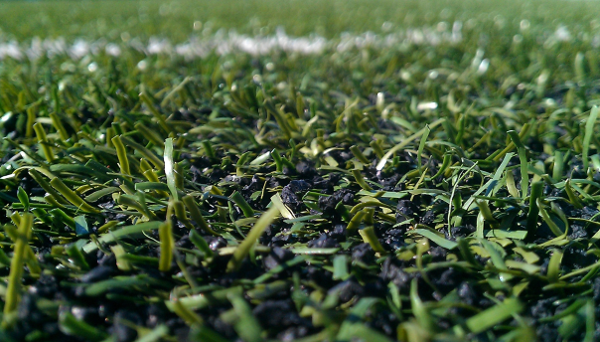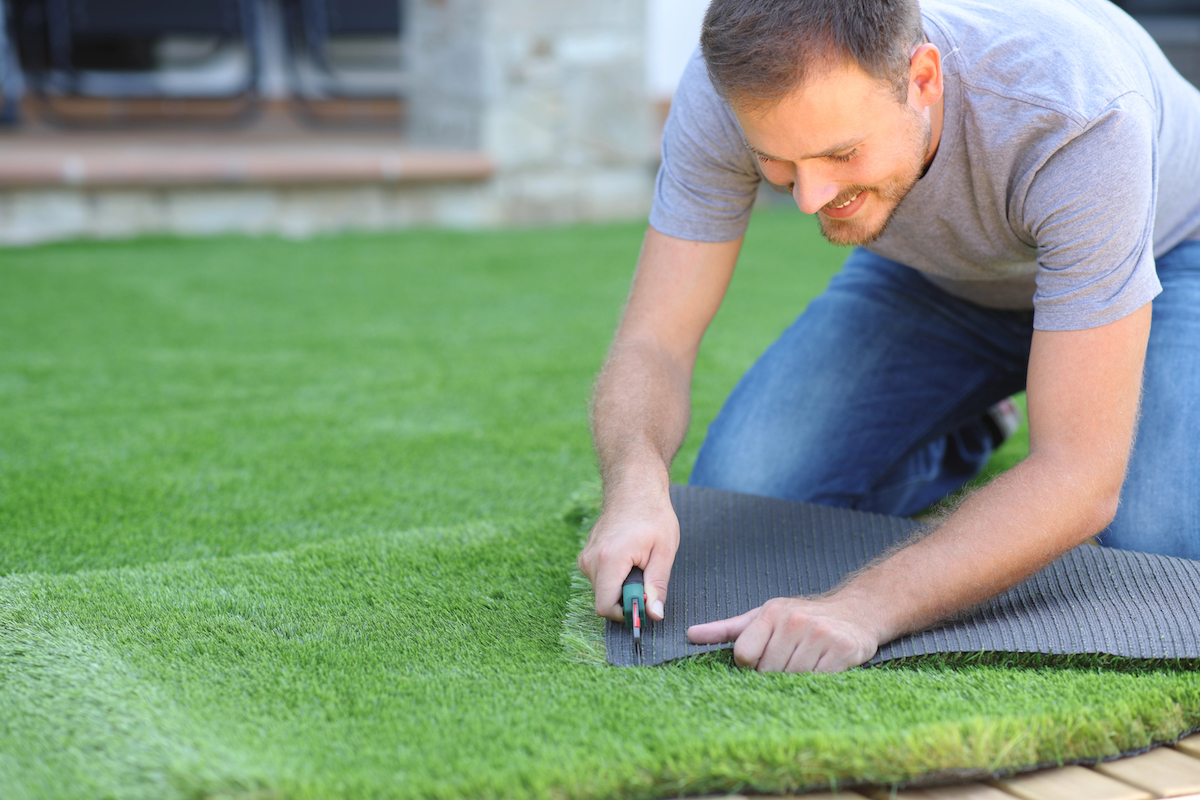Top Phoenix Turf Companies Delivering Premium Synthetic Lawn Products
Wiki Article
Look Into the Environmental Conveniences of Opting for Artificial Lawn Solutions
The adoption of fabricated turf services offers an engaging opportunity to attend to pushing ecological challenges. By substantially lowering water usage and reducing the application of harmful chemicals, these alternatives not only promote lasting landscape design yet additionally safeguard regional environments.Water Preservation Conveniences
One of the most considerable advantages of artificial lawn is its capability to save water. In contrast, artificial grass does not need watering, considerably reducing the total demand for water resources.By getting rid of the demand for regular watering, synthetic grass contributes to lasting landscape practices and assists minimize the environmental impact of extreme water intake. Furthermore, the conservation of water includes the decrease of runoff, which can result in soil disintegration and river air pollution.
Furthermore, the setup of fabricated lawn permits property owners and communities to designate water sources a lot more successfully, concentrating on essential usages such as alcohol consumption water and farming. The change in the direction of man-made grass not only promotes responsible water usage but additionally straightens with more comprehensive ecological objectives focused on maintaining natural resources.
As communities increasingly prioritize sustainability, the water preservation advantages of man-made grass present an engaging instance for its adoption in business and property landscaping projects.
Lowered Chemical Use
The shift to synthetic grass dramatically reduces the reliance on chemical therapies frequently used in all-natural lawn maintenance. Typical grass management generally entails the application of plant foods, pesticides, and herbicides to advertise growth and control parasites. These chemicals can present risks to human health and wellness, neighborhood wild animals, and the atmosphere, adding to soil and water contamination.In contrast, man-made lawn removes the need for these hazardous compounds. By lessening the launch of artificial substances right into the ecosystem, synthetic grass promotes much healthier dirt and water systems.
In addition, the lack of chemical runoff related to man-made grass setups assists secure regional rivers from contamination, supporting aquatic life and preserving biodiversity. Arizona turf. As neighborhoods significantly focus on sustainable practices, choosing synthetic turf presents a viable solution that straightens with ecological conservation goals. Via this shift, homeowner can delight in lush environment-friendly rooms without jeopardizing ecological health, leading the way for a more lasting future
Lower Carbon Impact

In addition, the installation of fabricated turf can lead to significant water conservation. Natural grass call for considerable amounts of water for watering, which not just contributes to the carbon footprint connected with water removal and therapy but likewise stress neighborhood water sources. In contrast, synthetic grass requires marginal upkeep, requiring no watering, thus dramatically reducing water usage and its connected power prices.
In addition, the longevity of synthetic turf contributes to its decreased carbon effect. With a life-span of approximately 15 years or more, the need for regular replacements is reduced, causing much less waste and reduced power intake in production and disposing of traditional grass alternatives. Overall, synthetic grass presents a lasting alternative for ecologically mindful landscaping.
Habitat Conservation
Habitat conservation is a critical factor to consider in the discussion over landscape design choices, particularly when contrasting synthetic grass to natural yard. All-natural turf lawns often call for substantial maintenance, consisting of making use of pesticides, herbicides, and plant foods, which can negatively impact regional communities. These chemicals can leach right into the dirt and waterways, harming indigenous flora and animals and disrupting neighborhood habitats.
In comparison, synthetic grass provides a chance to reduce the environmental footprint of landscape design. By selecting artificial grass, home owners can lessen the disturbance of all-natural habitats associated with conventional lawn treatment methods. Synthetic grass removes the need for harmful chemicals, consequently shielding nearby wild animals and keeping the honesty of bordering environments. The installation of synthetic grass can lead to the conversion of previous lawn locations right into even more biodiverse landscapes, such as pollinator yards or indigenous plant locations, which can sustain neighborhood wildlife.
Ultimately, the change to synthetic grass not only conserves water and lowers upkeep initiatives however also fosters an extra unified connection between human activities and the natural surroundings, advertising habitat conservation in visit their website the procedure.
Long-Term Sustainability
Long-term sustainability is a critical consider examining the advantages of artificial lawn over standard grass yards. One of the most substantial benefits of artificial lawn is its longevity; it can last as much as 15-20 years with very little maintenance, whereas natural grass needs regular reseeding and replacement. This long life minimizes the need for constant sources, such as water, fertilizers, and chemicals, which are necessary for preserving a healthy grass yard.Furthermore, synthetic grass adds to a reduction in carbon discharges related to yard care equipment. Standard grass often require gas-powered lawn mowers, leaners, and blowers, every one of which add to air pollution. Arizona artificial turf. On the other hand, synthetic grass gets rid of the demand for such equipment, advertising a cleaner environment
Additionally, the manufacturing of artificial grass significantly utilizes recycled materials, improving its sustainability account. As suppliers take on green techniques, the ecological impact of synthetic grass continues to lessen.

Verdict
The fostering of synthetic go to my blog grass solutions presents significant environmental advantages, consisting of significant water preservation, lowered dependence on hazardous chemicals, and a lower carbon footprint. Fabricated grass aids in preserving natural habitats by minimizing land disturbance and promoting lasting sustainability via the use of resilient products. Jointly, these elements underscore the possibility of man-made turf to add favorably to environmental wellness and Web Site use a feasible alternative to typical landscape design practices in an increasingly resource-conscious globe.In contrast, fabricated grass does not require watering, dramatically decreasing the overall demand for water sources. By lessening the release of artificial compounds right into the ecosystem, fabricated turf advertises healthier dirt and water systems.
Furthermore, the setup of artificial grass can result in substantial water conservation. In comparison, artificial grass requires minimal upkeep, calling for no watering, consequently dramatically decreasing water use and its associated power prices.

Report this wiki page